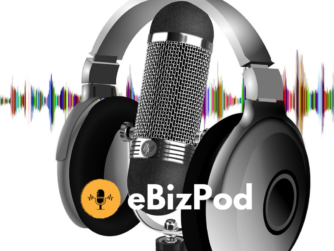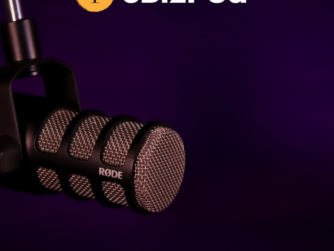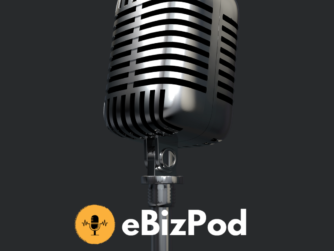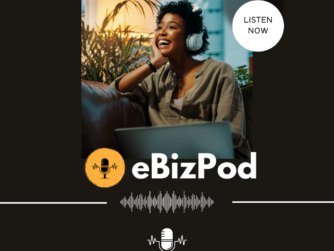Welcome to eBizPod, your go-to podcast for insights and strategies in the world of online business.
I’m your host, Eugene, and today we’re diving into why businesses should advertise on major platforms like Google, Facebook, Amazon, and Twitter. We’ll explore the unique advantages each platform offers and share some compelling examples. Let’s get started!
First up, let’s talk about Google. Google Ads is one of the most powerful advertising platforms available.
It allows businesses to target customers who are actively searching for products or services like theirs. The key advantage here is intent. When someone searches for “best running shoes,” they are likely ready to make a purchase.
Example: Take Nike. They use Google Ads to capture high-intent customers by targeting specific keywords related to their products. When potential customers search for running shoes, Nike’s ads appear at the top of the search results, driving highly targeted traffic to their site. This strategy not only increases their visibility but also boosts conversions.
Host: Next, we have Facebook. With its sophisticated targeting capabilities, Facebook allows businesses to reach a highly specific audience based on demographics, interests, and behaviors. This is ideal for creating personalized ad experiences.
Example: Consider Airbnb. They use Facebook Ads to target users who have shown interest in travel, hospitality, and vacation planning. By using eye-catching visuals and compelling copy, Airbnb engages potential travelers, encouraging them to book unique stays. Their ability to micro-target audiences ensures that their ads are seen by people most likely to convert.
Moving on to Amazon. Amazon Advertising is perfect for businesses looking to reach customers who are ready to buy. Amazon’s vast customer data and shopping insights enable businesses to target ads based on purchasing behavior.
Example: A great example is Procter & Gamble. They use Amazon Advertising to promote their products directly on the platform. By placing ads for products like Tide laundry detergent on related product pages, P&G captures the attention of shoppers who are already in the buying mindset. This strategy significantly boosts their sales on Amazon.
Finally, let’s discuss Twitter. Twitter Ads are excellent for real-time engagement and reaching a broad audience quickly. It’s particularly useful for brand awareness and driving conversations around current events or trending topics.
Example: Look at Wendy’s. They use Twitter Ads to engage with their audience through witty and timely content. By participating in trending conversations and using promoted tweets, Wendy’s keeps their brand top of mind and fosters a strong connection with their followers. This strategy not only enhances their brand image but also drives traffic to their website and physical locations.
Host: So, why should businesses advertise on these platforms? Each offers unique advantages that can significantly enhance a business’s marketing strategy.
Google captures high-intent searches, Facebook provides advanced targeting, Amazon reaches ready-to-buy customers, and Twitter drives real-time engagement.
Host: By leveraging the strengths of these platforms, businesses can increase their visibility, reach their target audience more effectively, and ultimately drive more sales.
It’s all about choosing the right platform for your goals and creating compelling ad content that resonates with your audience.
That’s all for today’s episode of eBizPod. I hope you found these insights and examples helpful.
If you have any questions or want to share your own experiences with advertising on these platforms, feel free to reach out to us. Don’t forget to subscribe and leave a review if you enjoyed this episode.
Host: Thanks for tuning in, and until next time, keep innovating and growing your digital business!






